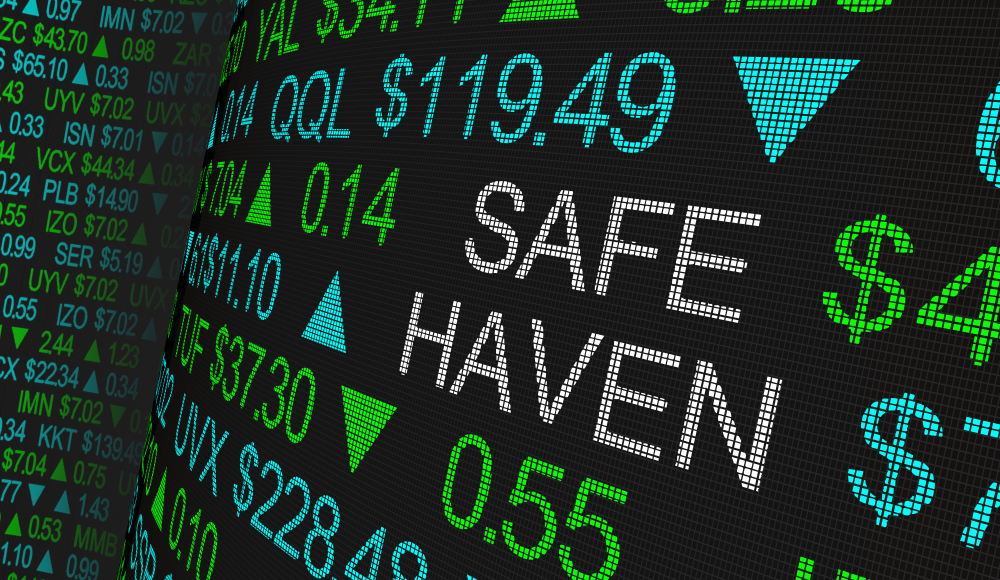
The so-called “safe haven” currencies were back in business on Wednesday and into Thursday after it became decreasingly likely that the much-discussed potential trade deal between the US and China would be signed soon.
The deal, which has been in the works for weeks but which is still not over the line, has run into difficulties due to what is believed to be concerns over the buying of farms.
In a sign that traders are beginning to worry about what consequences this could have on the global economy, there appeared to be a concerted move towards safe havens on Wednesday and Thursday.
The Swiss franc, which often does well in times of tumult, reached a high point of 1.0879 on Wednesday in its pair with the euro.
In its pair with the US dollar, Switzerland’s currency was noted at 0.9898.
The Japanese yen may also have been expected to rise in this situation.
However, it was stymied due to domestic economic problems.
It was revealed that the Japanese economy only managed to grow by a fifth of a percentage point in Q3 of 2019 on an annualised basis – which was much lower than the predictions of many economists.
As a result, there was very little movement for the yen.
Elsewhere around the world, the pound appeared to be unable to move out of its limited ranges due to large-scale uncertainty about the outcome of the upcoming general election – and what that might mean for Brexit.
According to one opinion poll published in a major newspaper, Prime Minister Boris Johnson is surging ahead by 10 points when compared to Jeremy Corbyn’s Labour Party.
However, other recent polls have indicated that the gap may be closer.
The country’s current hung parliament has been blamed for the deadlock around Brexit.
The pound was noted at $1.2857 in its pair with the US dollar, which represents a fairly steady position for the currency.
It has been in this region for several days.
Across the channel, the single European currency saw one of its worst performances in a month.
It was recorded at $1.0995 at one stage in its pair with the US dollar.
However, it was later seen at $1.10075 in this pair.
In addition to the ongoing concerns over the potential trade deal between the two countries, China was also in the spotlight in its own right on Thursday.
The offshore version of the currency, the yuan, was seen trading at 7.0292 to the US dollar.
This reflected something of a drop for the currency, which managed to get as high as 6.9530 at one point late last week.
The Australian dollar also suffered – a move that was largely expected given the connection between that currency and the performance of the Chinese economy.
It went down by 0.5% over the course of the day in its pair with the US dollar and was seen at $0.6802 at one point.
Blame for this was largely ascribed to a set of employment figures which revealed that payrolls had dropped for the first time in several years.
 Between 74-89% of CFD traders lose
Between 74-89% of CFD traders lose  Your capital is at risk
Your capital is at risk  Your capital is at risk
Your capital is at risk  Your capital is at risk
Your capital is at risk